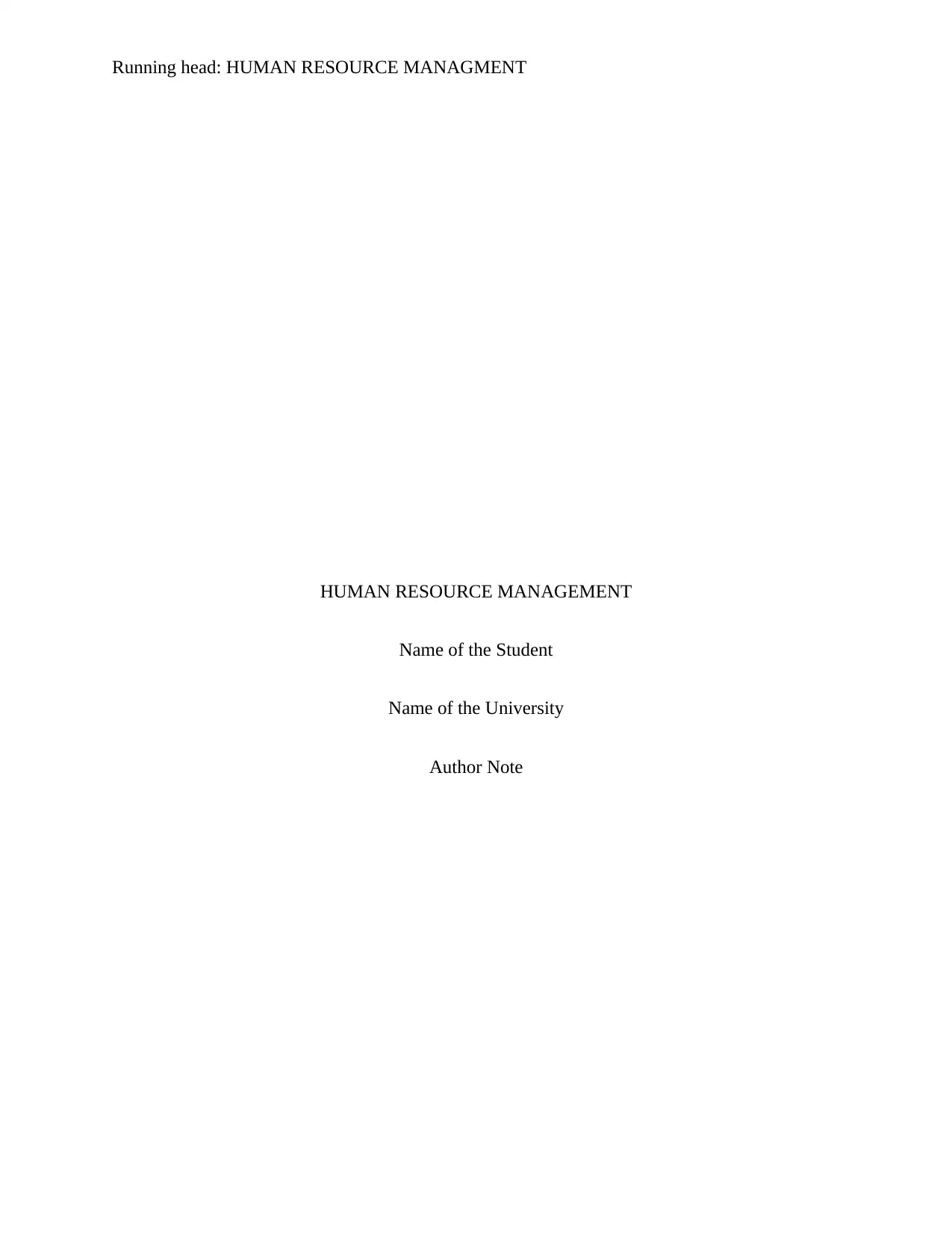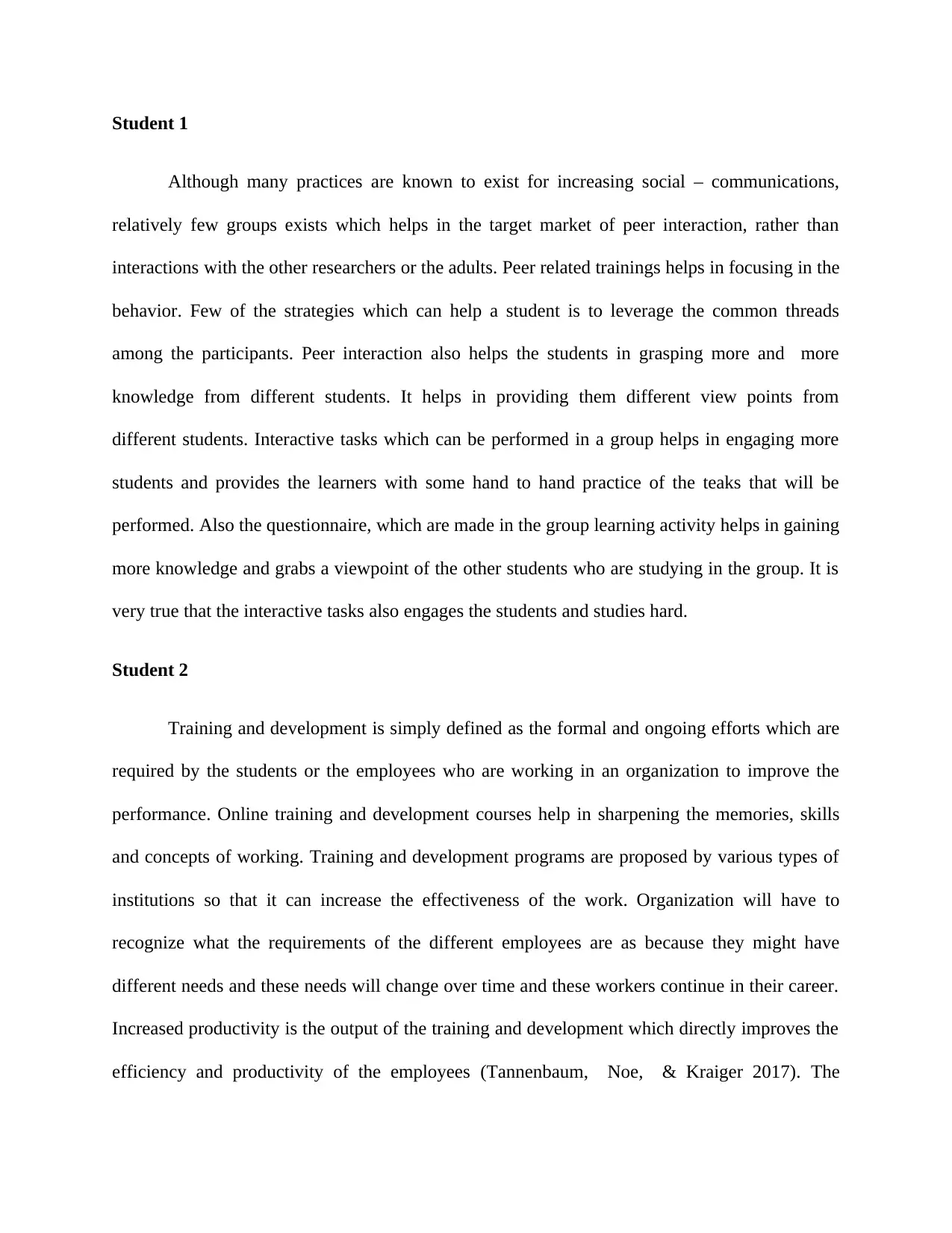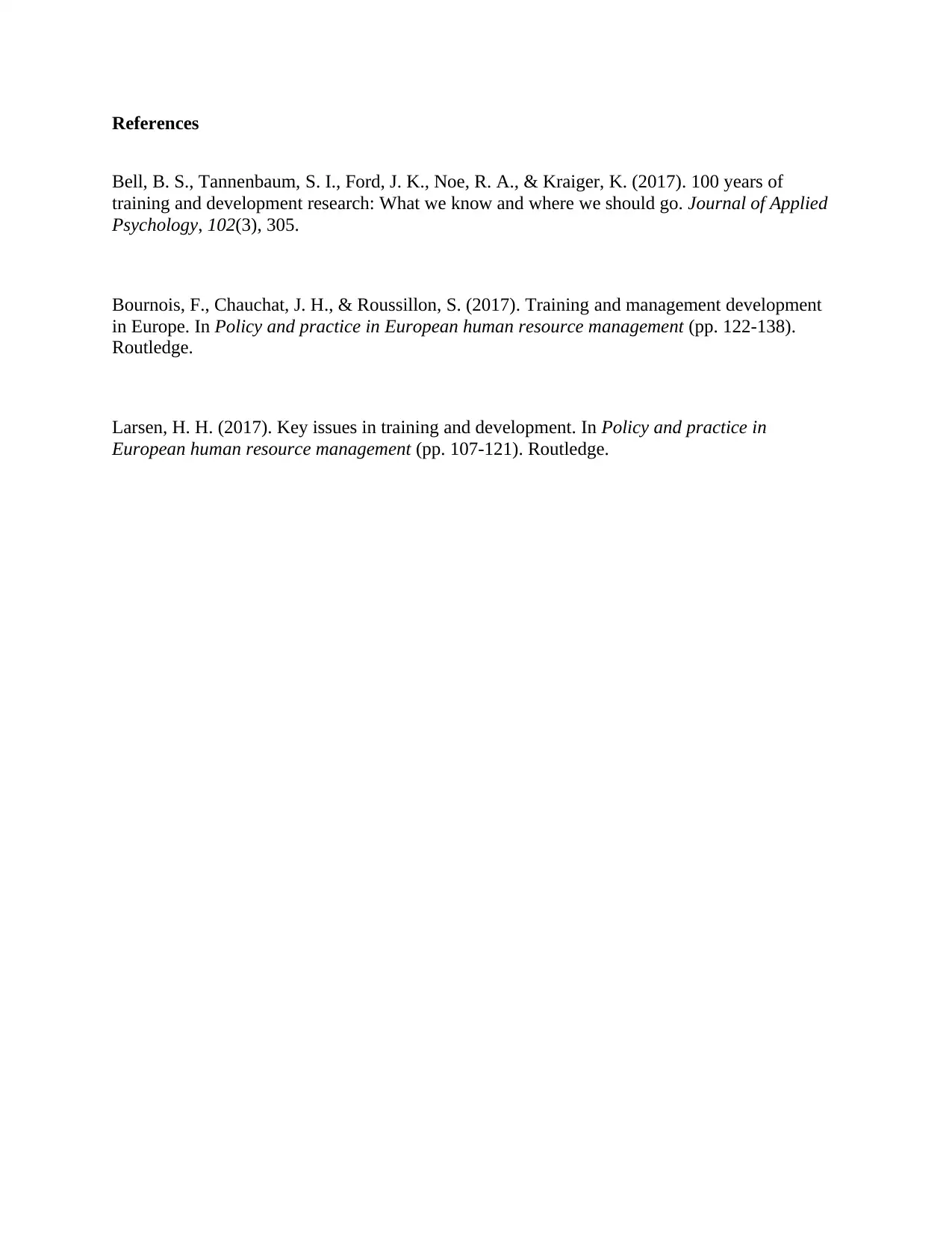University HRM Report: Training, Competencies and Development
VerifiedAdded on 2022/11/03
|4
|625
|206
Report
AI Summary
This report addresses key elements of Human Resource Management (HRM), specifically focusing on training and development strategies and the application of competency models within organizations. The report discusses how peer interaction and interactive tasks can be leveraged to enhance learning and skill development among students and employees. It explores the significance of online training and development programs in improving employee performance, updating skills, and reducing errors. The report also highlights the role of competency models in workforce development, skill gap analysis, and job analysis. It emphasizes how core competencies align with business functions and aid in recruitment, retention, and the identification of necessary job requirements. Additionally, the report references key literature supporting these concepts, including research on training effectiveness and competency-based approaches.
1 out of 4










![[object Object]](/_next/static/media/star-bottom.7253800d.svg)